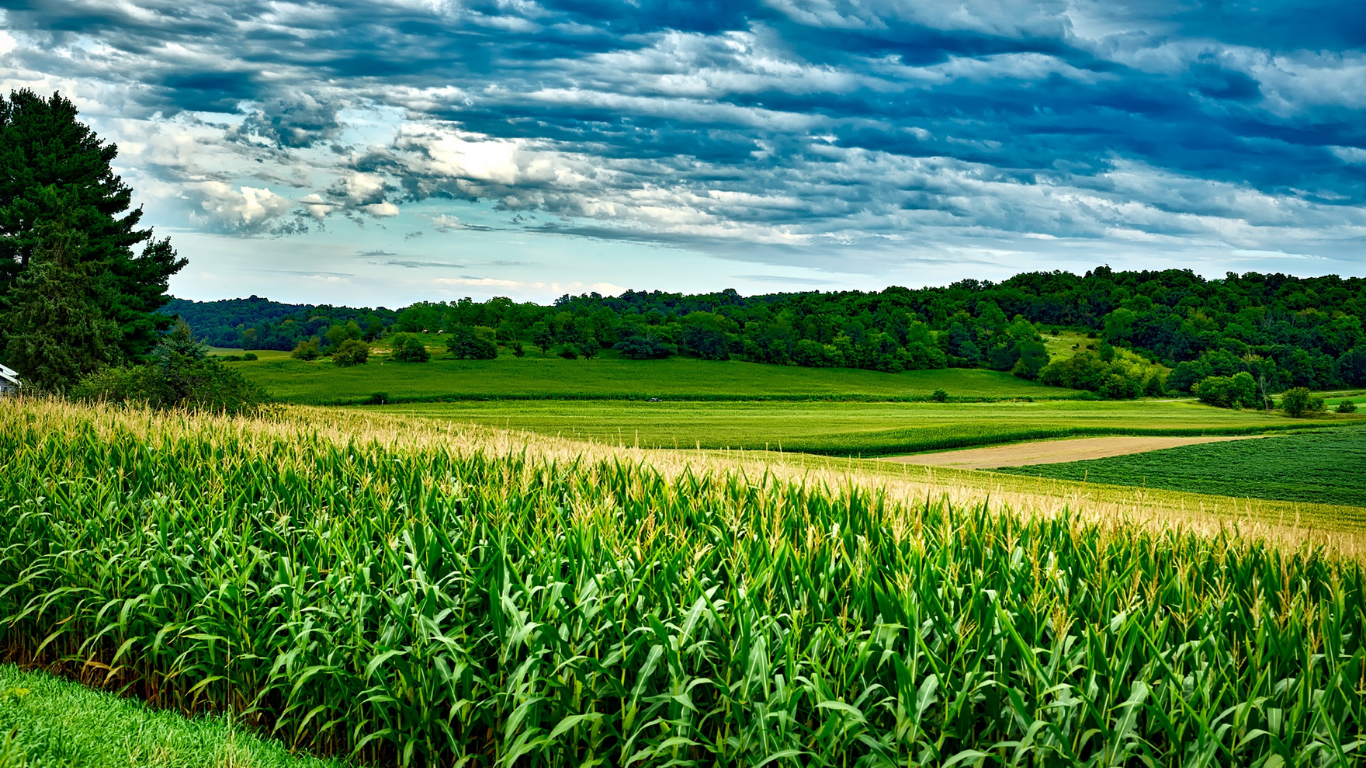Often in agricultural policy we find that well intentioned policies designed to solve a problem often have unintended consequences. A good example of this is the U.S. ethanol industry.
Since the 1970s the U.S. government has implemented a variety of policies aimed at increasing the use of gasohol that later became known as ethanol. There were a variety of tax credits offered to blenders in an attempt to increase the use of ethanol in motor fuels. One of the major boosts to biofuels came in 1996 when California announced it was banning Methyl tertiary-butyl ether (MTBE) as an oxygenate in motor fuels by 2003. This change brought to light the need for a replacement oxygenate that ethanol was touted as being able to fill. However the most significant boost for the ethanol industry came from the Energy Policy Act of 2005 (EPA of 2005) and the Energy Independence and Security Act of 2007 (EISA of 2007) both aiming to increase U.S. energy independence. The EPA of 2005 mandated increasing levels of biofuels (ethanol and biodiesel) that had to be blended into the nation’s fuel supply each year from 4 billion gallons in 2006 up to 7.5 billion gallons by 2012. Overnight this effectively created a demand for biofuels and therefore corn leading to a significant price increase (Figure 1). The EISA of 2007 increased the mandate each year to 36 billion gallons by 2022 (15 billion gallons of corn ethanol and 21 billion gallons of other renewable fuels). Corn prices continued an upward trend spiking during the midwest drought of 2012.
At the same time all of this was happening in the U.S., the rising corn prices were seen not just by producers in the U.S. but by producers around the world. Spurred on by prices that were now profitable, producers increased their corn production. This created an unintended consequence of incentivizing corn production and exports by several countries who had previously not been significant competitors – namely Brazil and Ukraine (Figure 2). Prior to the 1990s, the U.S. was the unrivaled corn exporter in the world with only Argentina with significant corn exports. Now, Argentina, Brazil and Ukraine (prior to being attacked by Russia) are all major exporters of corn who compete with U.S. producers.
Figure 1. U.S. Marketing Year Average Corn Price, 1980 to 2021

Source: USDA-NASS.
Figure 2. Corn Exports by Major Exporting Countries, 1980 to 2021

Source: USDA. Found at https://apps.fas.usda.gov/psdonline/app/index.html#/app/home
Outlaw, Joe, and David Anderson. “The U.S. Ethanol Industry and Unintended Consequences.” Southern Ag Today 2(16.4). April 14, 2022. Permalink




